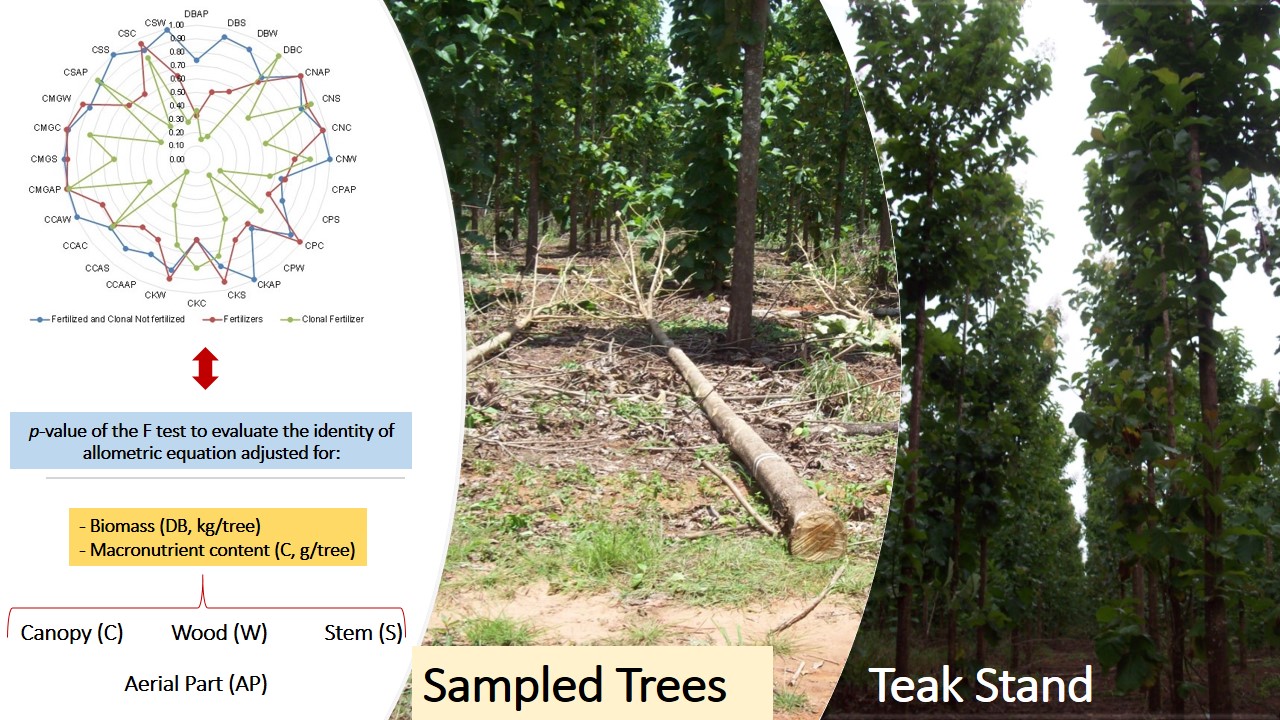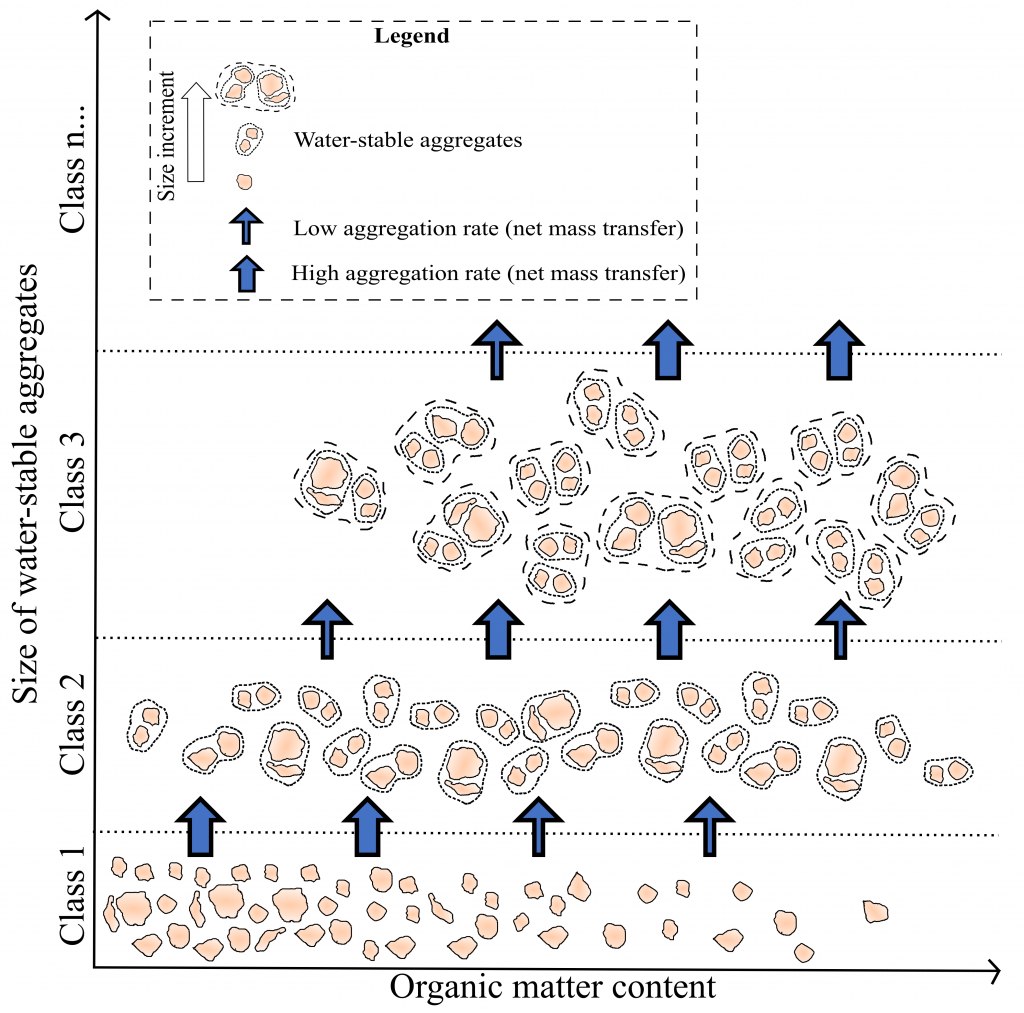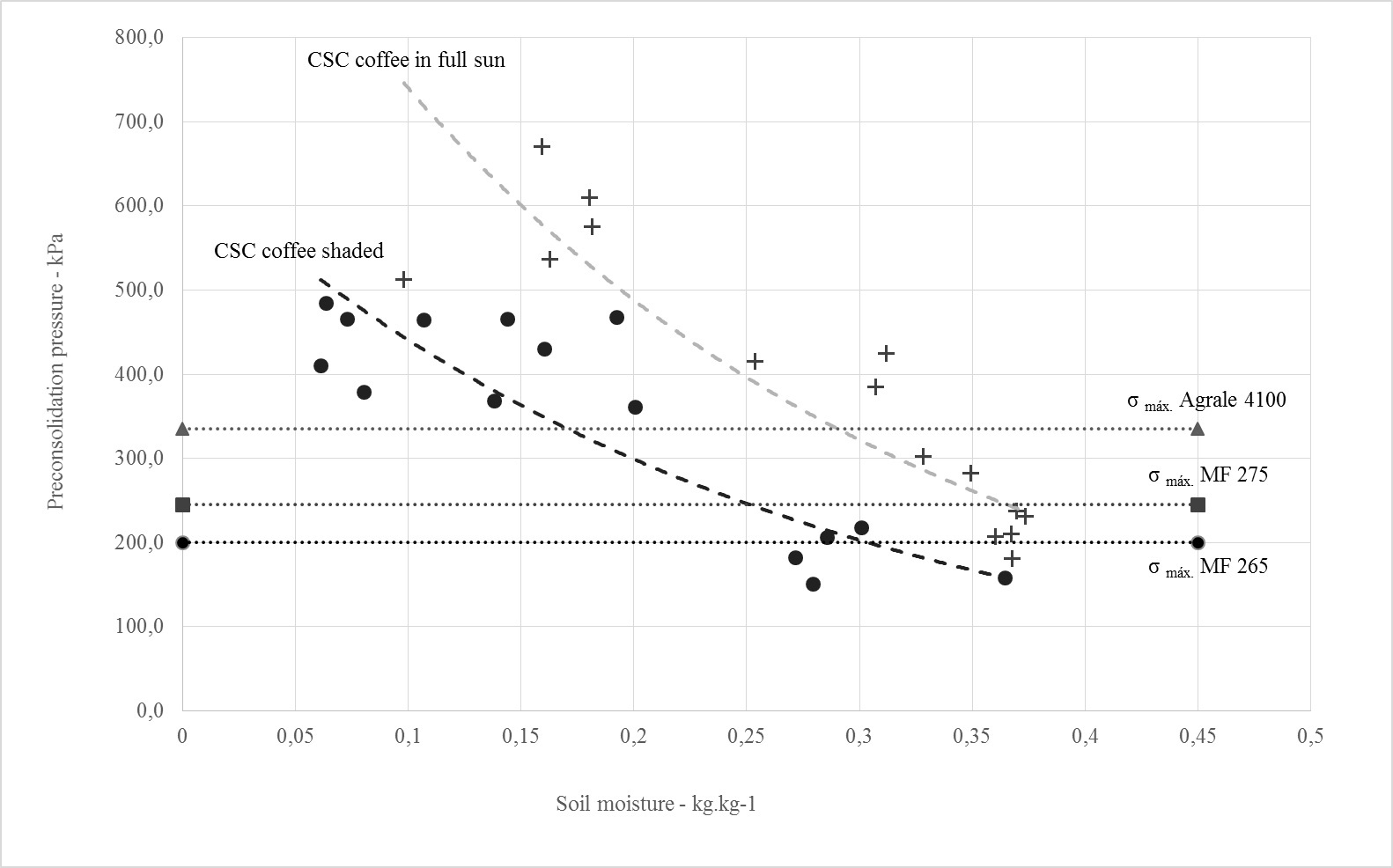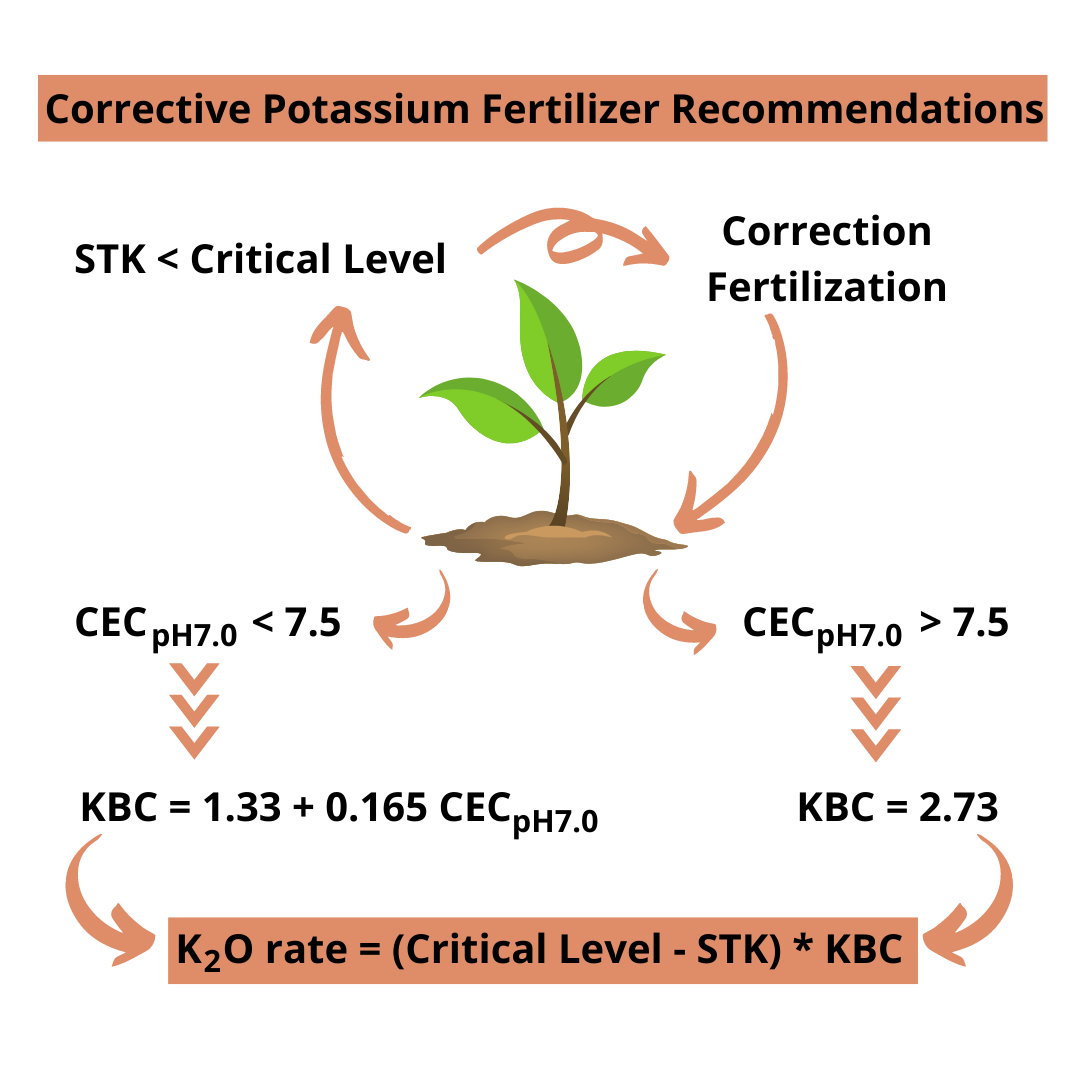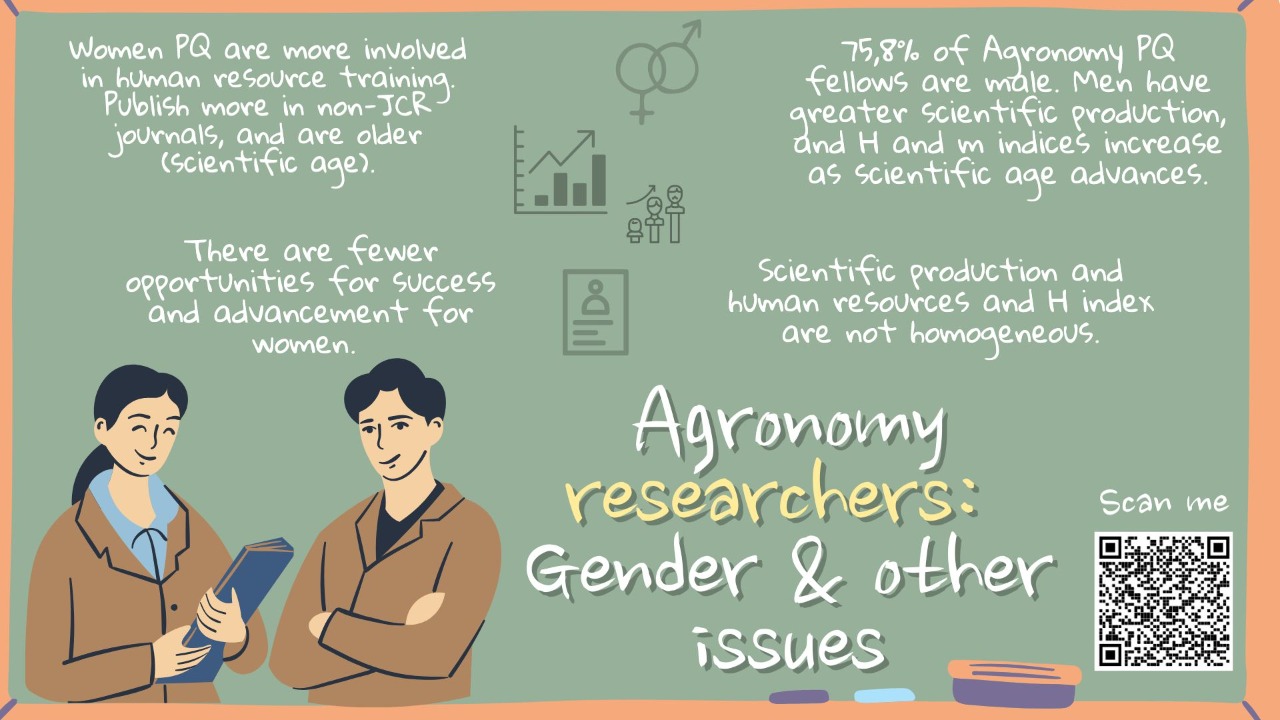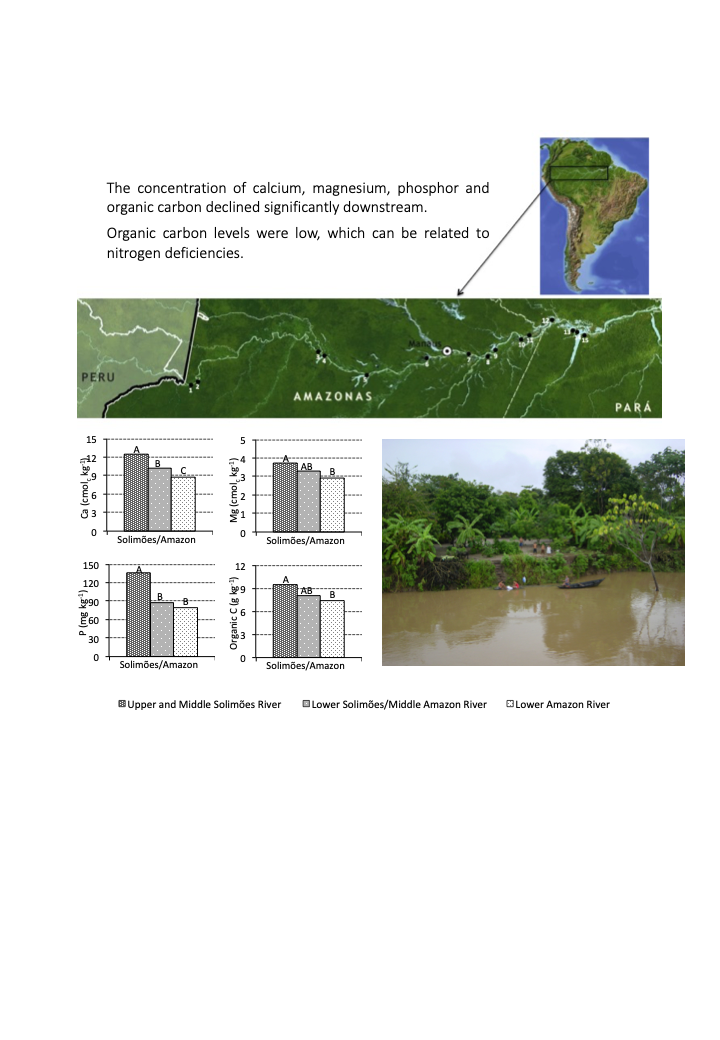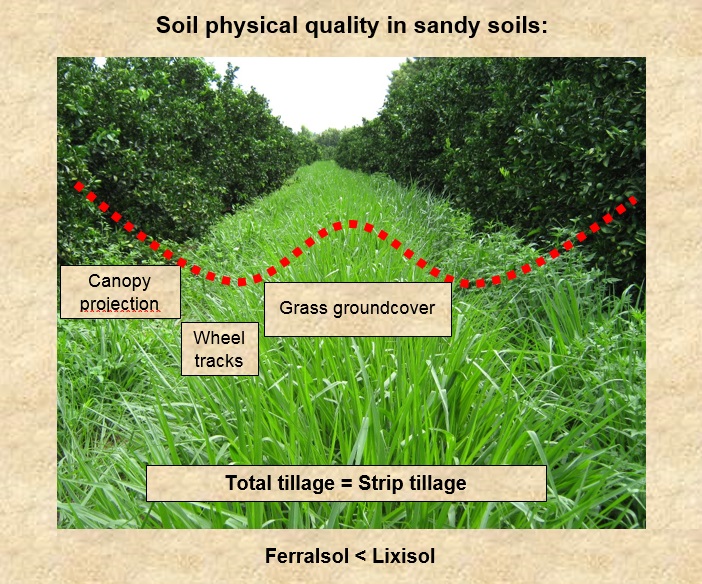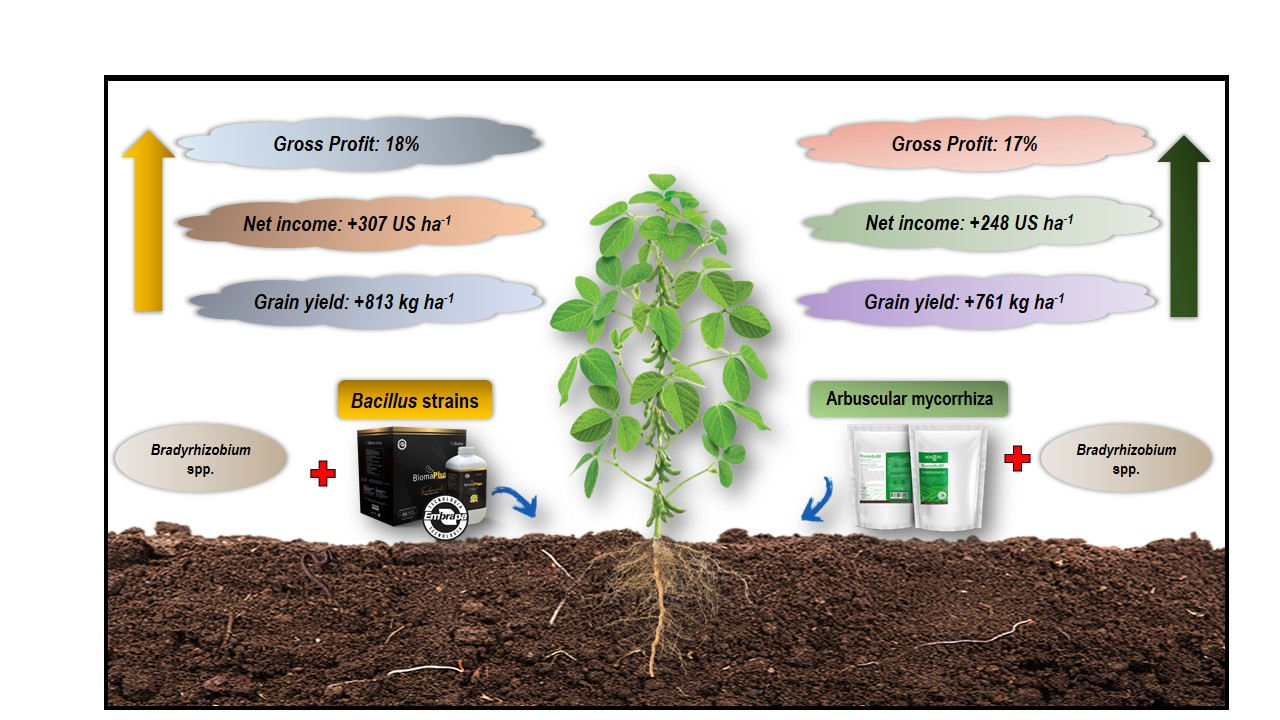Allometric equations for biomass and contents of macronutrients in a young Tectona grandis stand
23/Sep/2022
ABSTRACT Evaluations of biomass and nutrient contents in teak stands are necessary alternatives for avoiding early cutting to provide supplemental data for the plant module of fertilization recommendation systems. This study aimed to adjust allometric equations to estimate the accumulation of biomass and nutrient contents in teak plantations in the central region of Brazil. Plots in seminal and clonal stands contained 81 trees aged 75 months, that had not received previous fertilization or thinning. Additional clonal stands aged 15, 51 […]
Aggregation rate as a function of soil organic matter in heavy clayey Ferralsols
16/Sep/2022
ABSTRACT Heavy clayey Ferralsols are known for their high capacity to form water-stable macroaggregates. However, little is known about how different size classes of macroaggregates exchange mass with increasing organic matter content. This study aimed to characterize and detail aggregation dynamics with increasing organic matter content in these soils. Profiles of three heavy clayey Ferralsols were sampled to isolate the role of organic matter on the stability of aggregates. In this sampling scenario, a conceptual model was established to calculate […]
Load-bearing capacity and critical water content of the coffee plantation soil with management in full sun and shaded
06/Sep/2022
ABSTRACT New management practices applied to coffee crops may influence the soil’s capacity to tolerate vertical stresses. This paper aimed to evaluate the influence of two coffee crop management systems on the soil load-bearing capacity and critical soil water content to agricultural machinery traffic. This study was performed in the experimental area of the Federal Institute of the Southeast of Minas Gerais – Rio Pomba college, in Rio Pomba city, Minas Gerais, Brazil. Dystrophic Red-Yellow Oxisol (Latossolo Vermelho-Amarelo distrófico) (LVA7) […]
Potassium buffering capacity and corrective potassium fertilizer recommendations in soils from Southern Brazil
17/Aug/2022
ABSTRACT Soils with low potassium (K) availability require corrective fertilization for grain crops. The recommended rate to increase K availability up to the critical level depends on the soil K buffering capacity (KBC). This study aimed to quantify the KBC and recalculate the rates necessary to reach the K critical level in 23 soils from Southern Brazil. Soil samples were incubated with six K rates, that were thus grouped according to CECpH7.0: below 7.5 cmolc dm-3 (0, 30, 60, 90, […]
Phosphate sources affect P and N nutrition in pluri-specific natural grasslands in the Brazilian Pampa biome
18/Jul/2022
ABSTRACT High acidity and low soil P availability in the soils from the Pampa natural grasslands generally limit the forage growth and economic return. Thus, to increase the economic return and avoid environmental degradation and biodiversity loss due to replacement by intensive cropping systems, it is essential to improve the soil P availability. This study aimed to diagnose the nutritional status of the pluri-specific natural grasslands amended with different history of P sources. Additionally, we also try to indicate the […]
Agronomy researchers and research scholars in Brazil: Gender, scientific age, scientific production and impact, and training of human resources
18/Jul/2022
ABSTRACT Transparency of evaluation criteria and monitoring recommendations for research grants require careful judgment and frequent reassessment of guiding parameters. The aim of this study is to inform the scientific community and funding agencies about the applicants profile for research productivity grants (PQ) in the field of Agronomy of the National Council for Scientific and Technological Development (CNPq), and to contribute to the analysis of grant distribution using the grant applicants of the 2018 call as a study sample. The […]
Soil macrofauna, mesofauna and microfauna and their relationship with soil quality in agricultural areas in northern Colombia: ecological implications
11/Jul/2022
ABSTRACT Soil fauna is an essential component of the soil ecosystem for maintaining nutrient cycling and biological soil fertility. This study assessed the soil biodiversity (macrofauna, mesofauna, and microfauna) to define strategies for the sustainable management of tropical agricultural soils. The study was carried out in 200 agricultural production units in the Department of Sucre, in northern Colombia. Physicochemical properties (organic matter, nitrogen, phosphorus, and pH) were determined for each soil sample. The Berlesse-Tullgren method was used to determine the […]
Chemical features of floodplain soils under different land-uses in the Solimões/Amazon River basin
22/Jun/2022
ABSTRACT Most studies regarding the impacts of agricultural systems on soils of the Amazon region of Brazil have been carried out on upland soil, locally known as terra firme. Information regarding the impacts of different land-use systems on floodplain soil properties is still scarce. There is a need to broaden this knowledge to understand this Amazonian ecosystem better, especially how its soils respond to human interventions. This study aimed to describe the major chemical features of floodplain soils along the […]
Physical quality of sandy soils under orange orchards in Southern Brazil
22/Jun/2022
ABSTRACT Sandy soils are characterized by low organic matter content and soil water retention and availability. Conventional tillage has been used for the implementation of orange orchards, but it exposes the soil to erosion and promotes accelerated oxidation of organic matter with negative impacts on the soil’s physical quality. The objective of this study was to evaluate the soil physical quality of sandy soils influenced by two soil tillage practices for planting the orange trees in areas after long-time under […]
Increase in yield, leaf nutrient, and profitability of soybean co-inoculated with Bacillus strains and Arbuscular mycorrhizal fungi
22/Jun/2022
ABSTRACT Microorganisms in the soil and rhizosphere can release part of the total phosphorus in the soil through solubilization, mineralization, and an increase of the root absorption surface. The ability of phosphate solubilizing bacteria and mycorrhizal fungi to promote higher yield and profitability in co-inoculated soybean was investigated. For this purpose, field and greenhouse experiments were conducted in the years 2020 and 2021 in Brazil. In the field, the first factor was composed of microorganism application on soybean (simple inoculation […]

